No need to introduce Felix & Paul Studios, creators of some of the most recognized immersive experiences in the world. From their collaboration with big names in the arts, sports, film and politics to THE ISS EXPERIENCE series with NASA and Time magazine, these Montreal Canadians can’t stop looking for innovation at the heart of storytelling. We discussed their current projects and INFINITE exhibition with co-founder and producer Paul Raphaël.
The interview was recorded as part of the European Creator’s Lab 2021. Thanks to Astrid Kahmke for the opportunity (our interview).
Felix & Paul: first steps
Paul Raphaël – With Felix, we went to the same film school (Concordia University in Montreal), and we had a great synergy – we were very inspired by the same movies. And we felt that any great film, any great story had an immersive quality. We founded our first company 15 years ago, with an interest in new technologies and digital storytelling. We were already interested in the reproduction of reality – and all the techniques to work around that idea, kind of mashing things together to kind of break out of the frame, the liminal space, using camera, lighting, special effects to create the illusion of a world with projection, mapping, live events…
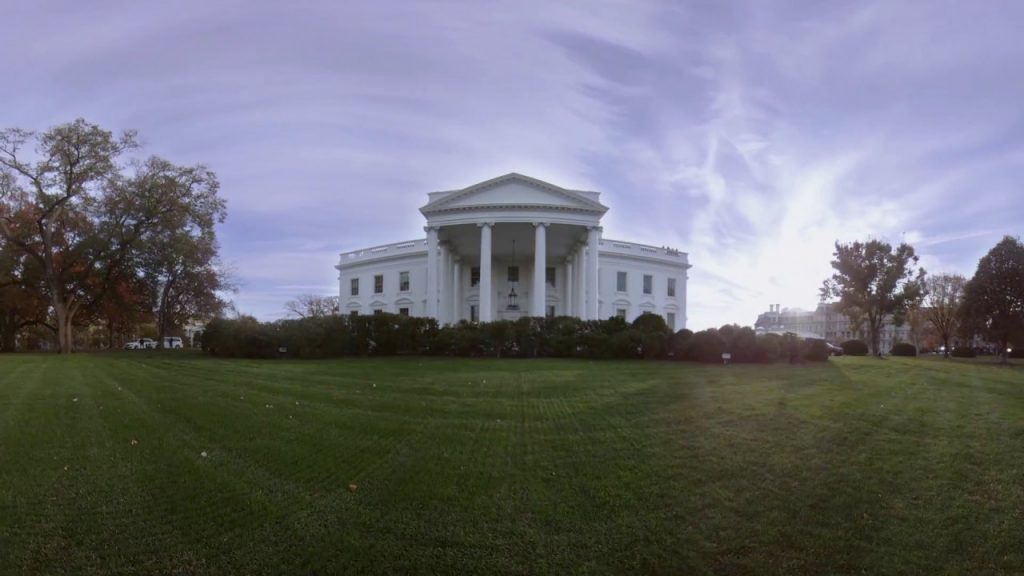
P. R. – In the early 2010’s we got into 3D stereoscopic projection, using 3D films with physical installations. We controlled all the variables from the screen to the viewer position, etc. We essentially created windows into another world, as a first narrow field of view VR! At that time the Oculus DK1 just arrived, and we were lucky to get very early prototypes of it. How do you put video in there, how do you create a film? We started experimenting technically. And then soon as we had the result, we started experimenting creatively. And the minute we had the first scene in VR that looked like a reproduction of reality, we basically quit all our jobs, took all our savings and founded a new company: Felix & Paul Studios around the idea of exploring immersive storytelling in VR. And we knew it might take a while to become mainstream. Which is still a question today even though a lot of progress has been made.
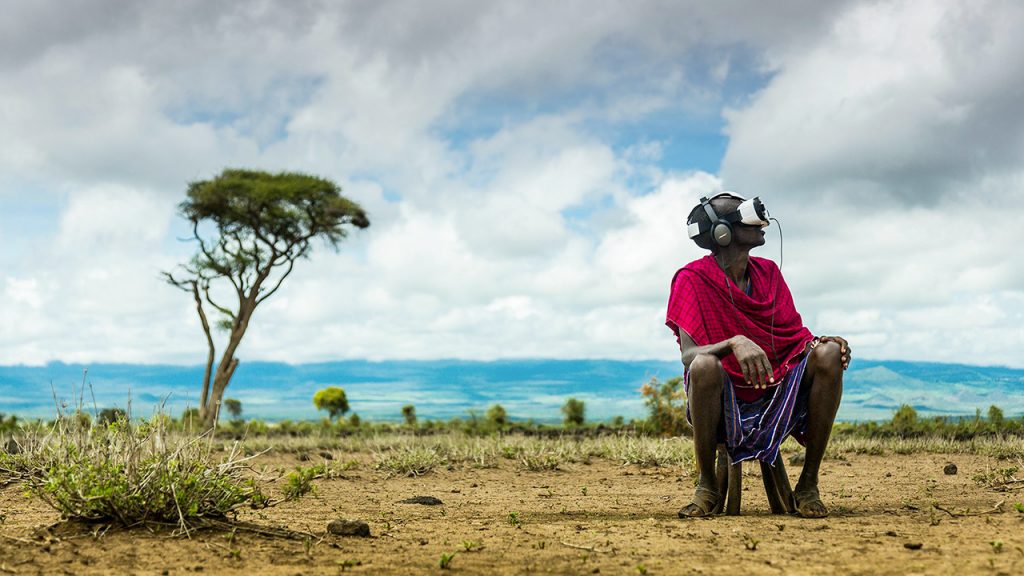
P. R. – Felix and I run a company that essentially has creativity at its core. The more people we can collaborate with, the more creative we can be. Even with 60 people, this is a fairly small team when you need to find new ideas and produce at the scale needed for VR. Then, our work with other brands or people is also a form of VR evangelisation. Cirque du Soleil, The White House, Universal, Jim Henson… The best way to spread VR knowledge is to create an immersive experience together.
Going after narrative storytelling and interactivity
P. R. – Our background is filmmaking. When we started virtual reality, most of the people around us were from the gaming industry – where it’s more interactive, less narrative. Of course today we see video games with great stories, but you game mechanics remain at the core. The ultimate goal of storytelling is to elicit a particular effect or response in the viewer. With such a fundamentally new and different medium such as VR, it is important for us to keep the end response as the ultimate goal, and to question all the methods we use to get there. Our goal was, and still is, to create suspension of disbelief for the viewer, to let go of the environment to just experience catharsis through the story.
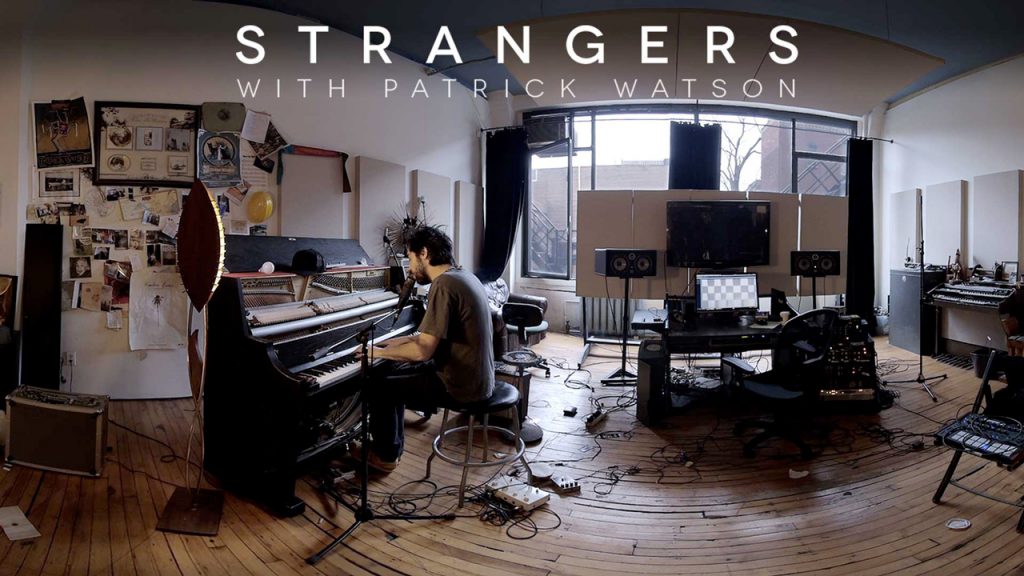
P. R. – That’s what we tried very early with STRANGERS WITH PATRICK WATSON or the NOMADS series. And the ultimate goal for every project we do is really trying to convey as transparently as possible the reality of things. VR is like a sponge, it captures things and lets you explore them. The less you do, the better: just let the medium do its own thing. It was only with time that we started being a little more manipulative in the sense that we eventually developed new tools and new ways of making VR films.
P. R. – I.e. For SPACE EXPLORERS – THE ISS EXPERIENCE (XR Backstory), at first we had no idea to which extent we would have control. For us we would be lucky if we can just get a camera up there and turn it on to get a few minutes of footage. Now we’ve been up there for 3 years and it’s been basically a constantly evolving project. Right. And so we knew what we wanted to do: we wanted to capture as intimate and as human centric as possible what was going on the ISS (International Space Station). We had to be reactive during the entire journey. And that’s usually true on any project we do – Documentary or fiction.
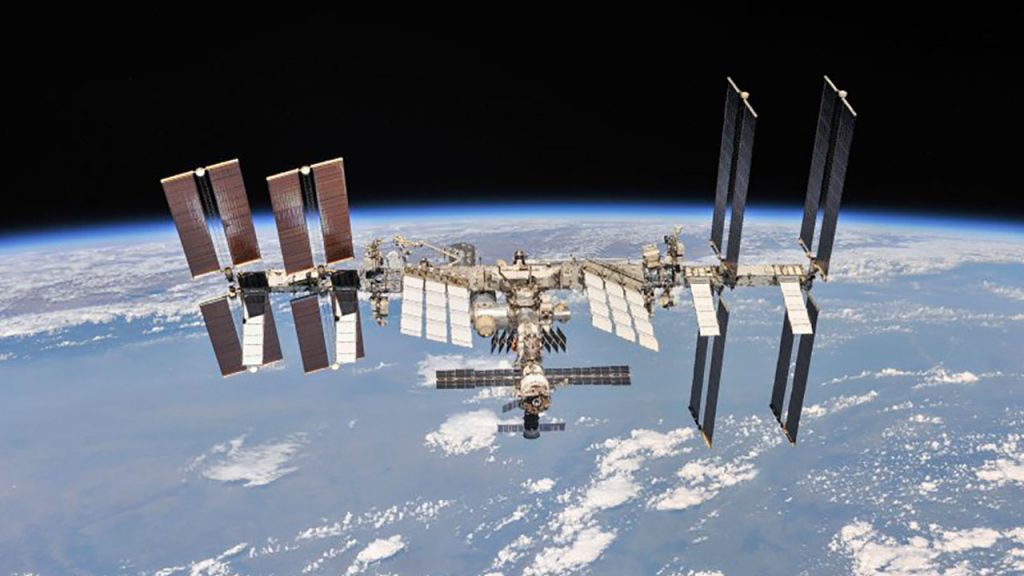
P. R. – It’s like riding a bicycle and looking at the horizon. There is an unpredictability of things that you don’t control, especially on a VR project with hundreds of people that are between you and the astronaut that’s actually filming. We had to stay focused on the end goal, and build a story, finding the right process all along. It was a very organic process. But it was a first! Of course for fiction or comedy, or even JURASSIC WORLD: BLUE, we have a written script – and it can be changed during the production. MIYUBI is a 40-minute piece: we wanted to leave a lot of space for improvisation and chemistry, revealing moments, even though we had a script and a story that was all mapped out. We need to be nimble about this.
P. R. – I think we are going to need films and games, VR or AR, interactive and linear, social and solo experiences. What will matter at the end is the quality of the content and the emotional impact. However I still look forward to the day where I can do a fully volumetric photo realistic capture of a scene rather than from a fixed point. It’s not impossible. It’s just insanely complicated for results that are never fully satisfying. We’ve spent the last 8 years meeting anyone who had anything that was even remotely a step up from the current tech. And we’ve explored and we’ve been designing our own cameras and technology from the beginning. It’s just not there yet in terms of volumetric imagery. Even the highest end tech lands you squarely in the uncanny valley and if the purpose of a piece is to connect with a human being then this gained freedom of movement may not make up for the reduction in photorealism.
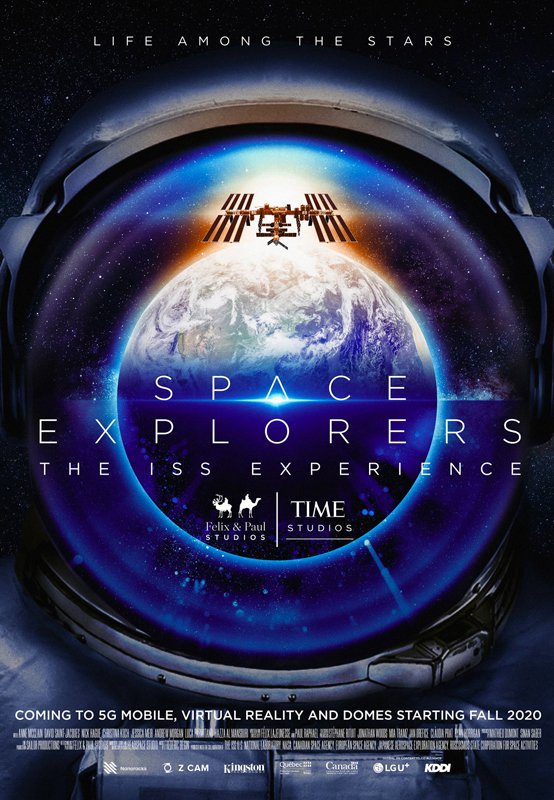
Setting up THE INFINITE show
P. R. – Filming in VR and interactive/real time set up are two different things in VR, even if there’s a lot of merging of the two. We just wrapped up THE INFINITE exhibition here in Montreal with 70000 attendees – It’s a free roaming experience reproducing the entire ISS at scale. Every visitor can walk freely in that space with a Quest 2, exploring floating virtual orbs with our contents from THE ISS EXPERIENCE. It’s a different way of experiencing the content in contrast to the documentary series. The exhibition itself is an interactive set up where you are fully embodied as an avatar. It was our first time working on such an ambitious installation, with real time questions.
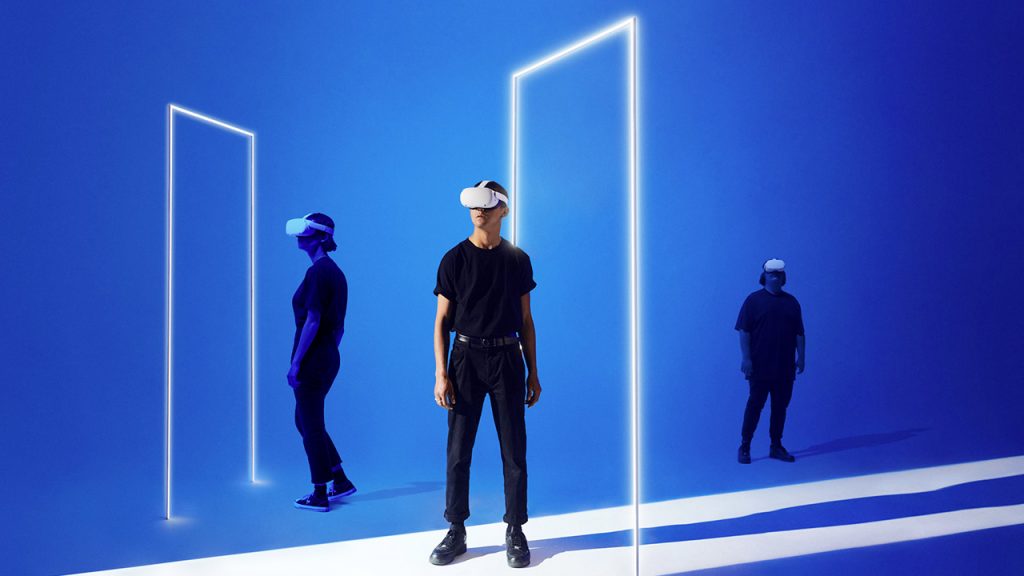
P. R. – The PHI center has been a partner of Felix & Paul Studios from its inception. Phoebe was our first investor! And our biggest supporter to date. We have collaborated in much smaller ways in the past, and most of our films have been shown at the PHI or over the world thanks to their effort. Then we decided late 2019 to create something interactive for our ISS EXPERIENCE films, and it felt logical to work with them as they know how to run a show. We even built a company together to run such things! It’s called Infinity Experiences. We worked closely together to get the content of course, but also designing the space.
P. R. – THE INFINITE aims to stay physical. It’s a massive and ambitious project, which is going to be traveling around the world, starting at the end of December in Houston for 4 months, then Philadelphia and plans to show it elsewhere after that. The world is upside down right now, due to the pandemic situation, but people are coming back to real life exhibitions and showcases. There’s a lot of hunger for that kind of out-of-home and community experience. The other thing we’re looking at is the online platform distribution. It’s a harder one to crack, as everyone in the industry tries to figure out. To continue our creative exploration we need a hub. We need a central core to all our VR content. We have been thinking of this little metaverse space we need, as audiences are definitely growing at home.
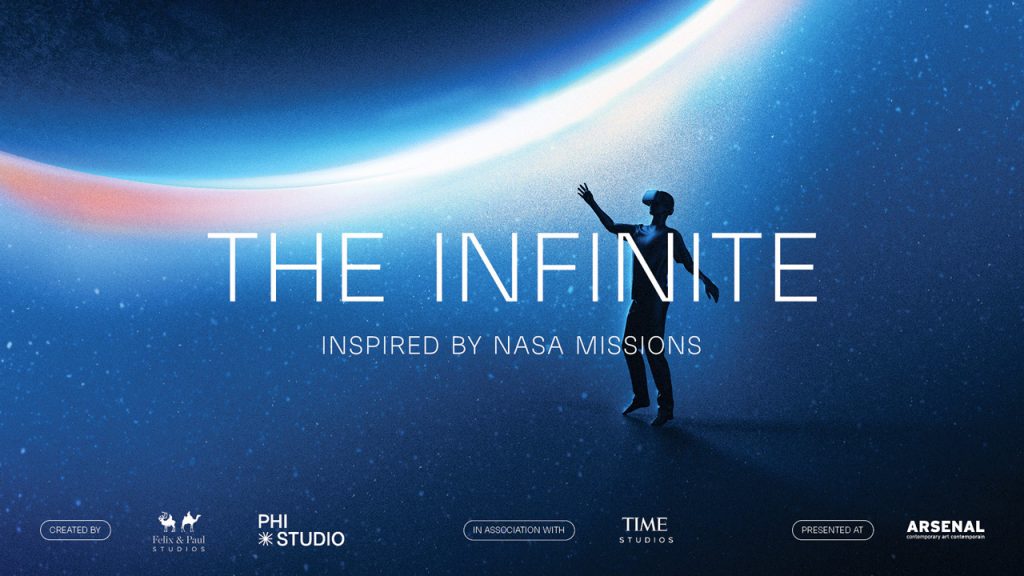
What’s next: THE STORYTELLER… and beyond?
P. R. – We’ve also been developing an augmented reality storybook called THE STORYTELLER with the Jim Henson Company. It will be released in 2022. Again, it’s totally new for us but we are very excited about it. We are keeping the same idea as we fumble our way towards the effect we want to have on the viewer. It’s essentially a physical book that’s fully tracked and articulated. We’re tracking all the pages of the book and environments. As you’re holding a mini world in your hands. The first experience is called THE SEVEN RAVENS, narrated by Neil Gaiman (see the press release). The book itself as a portal into an imaginary world, as an object that we’re all so intimately familiar with. The ritual of reading a book creates a momentum towards immersion, suspension of disbelief and tactile relationship with the content. And that’s powerful!
P. R. – We have a few months to finish the last chapter of THE ISS EXPERIENCE. We just shot an outdoor spacewalk, which is the last sequence. We have worked with NASA for quite a time now, almost six years, and we are looking forward to our next journey in space.
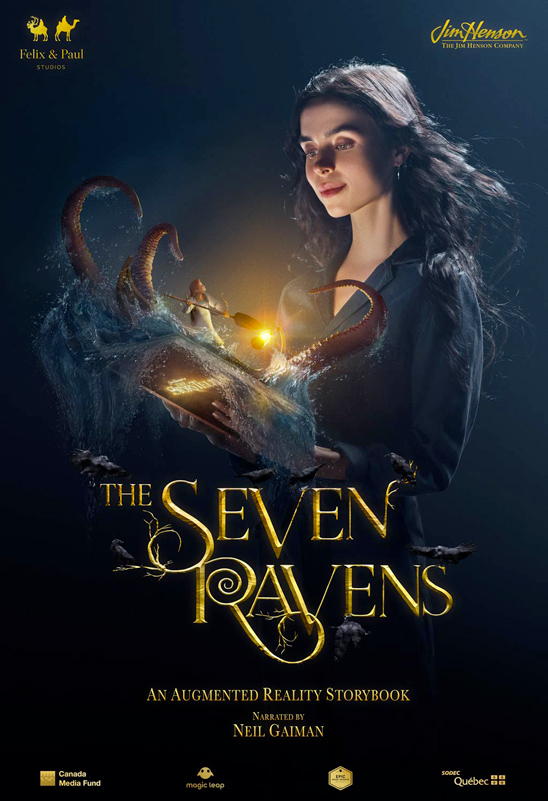

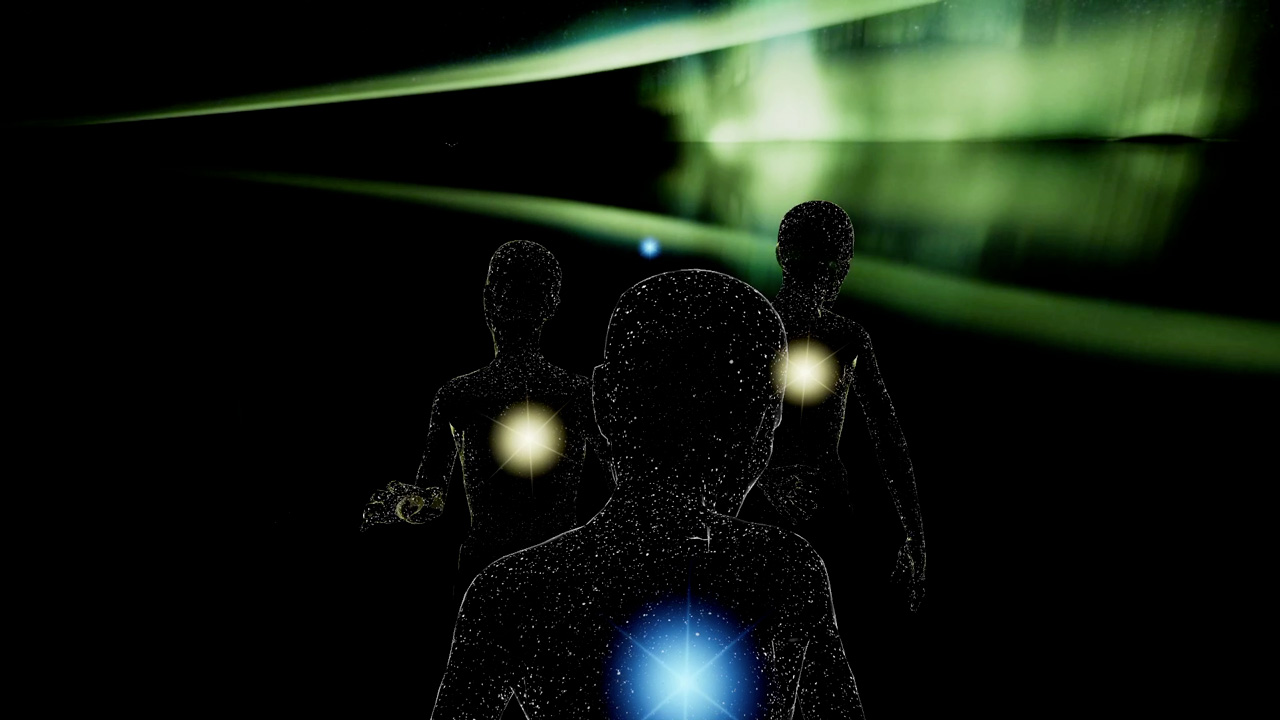

Leave a Reply
You must be logged in to post a comment.